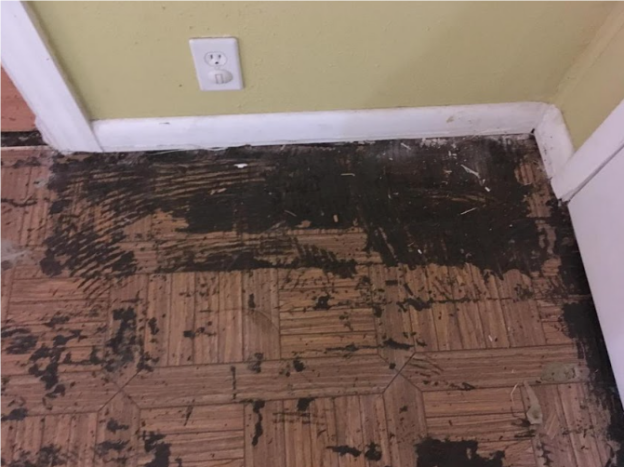
Living in Tampa, Florida, brings with it many perks – beautiful beaches, vibrant culture, and a warm climate year-round. However, one of the challenges residents face is the annual hurricane season. With the potential for powerful storms to make landfall, Tampa residents need to be well-prepared.
In this comprehensive guide, we'll explore the importance of hurricane preparedness, the potential risks, and actionable steps you can take to ensure your safety and the safety of your loved ones during hurricane season.
Historically, Tampa has faced several significant hurricanes, including Hurricane Irma in 2017 and Hurricane Charley in 2004. These storms brought destructive winds, torrential rainfall, and widespread flooding, causing extensive damage to homes, businesses, and infrastructure. Keep reading to see how you can reduce the storm damage for your homes in Tampa!
Preparing Your Home
Trimming Trees and Securing Outdoor Objects
Before hurricane season begins, it's essential to assess the trees surrounding your property. Overhanging branches can become hazardous during high winds, potentially causing damage to your home or neighboring properties. Schedule a professional tree trimming service to remove any dead or overhanging branches that pose a threat.
Installing Storm Shutters or Impact-Resistant Windows
Protecting your windows is crucial during hurricanes to prevent wind-driven debris from penetrating your home and causing extensive damage. Consider installing storm shutters or impact-resistant windows, which are designed to withstand high winds and impact from debris.
Storm shutters come in various types, including accordion, roll-down, and panel shutters, each offering different levels of protection and convenience. Impact-resistant windows feature laminated glass and reinforced frames to provide robust protection against wind, rain, and flying debris.
Checking Roof for Damage
Your roof plays a critical role in protecting your home from water intrusion and structural damage during hurricanes. Before hurricane season begins, inspect your roof for any signs of damage or wear that could compromise its integrity.
Look for missing or damaged shingles, cracked flashing, deteriorated sealant around vents and chimneys, and sagging or uneven areas that may indicate underlying structural issues. Promptly addressing these issues can help prevent water leaks and minimize interior damage during heavy rainfall.
Creating an Emergency Supply Kit
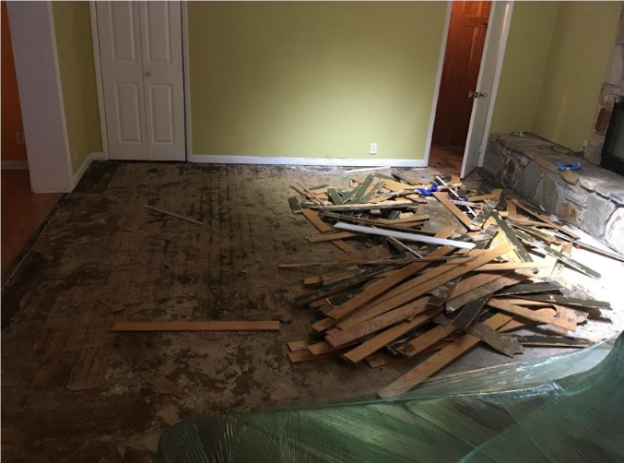
Assemble an emergency supply kit containing essential items to sustain your household for at least three days in the event of a hurricane or other emergency. Your emergency kit should include:
· Non-perishable food items, such as canned goods, granola bars, and dried fruits
· Bottled water (one gallon per person per day)
· Flashlights, lanterns, and extra batteries
· First aid kit with bandages, antiseptic wipes, pain relievers, and prescription medications
· Personal hygiene items, including toiletries, soap, hand sanitizer, and feminine hygiene products
· Important documents, such as identification, insurance policies, medical records, and contact information
· Cash or traveler's checks in case of power outages or disruptions to banking services
· Extra clothing, blankets, and sleeping bags for warmth and comfort
· Pet supplies, including food, water, medications, and vaccination records
Creating a Family Emergency Plan
Identifying Evacuation Routes and Shelters
Begin by researching and identifying primary and secondary evacuation routes from your home to designated shelters or safe locations in your community. Take note of evacuation zones and the recommended evacuation routes provided by local authorities.
Familiarize yourself and your family members with the locations of nearby emergency shelters, including those designated for individuals with special needs or pets. Be aware of any specific requirements or restrictions for accessing these shelters and plan accordingly.
Compiling Emergency Contacts

Compile a comprehensive list of emergency contacts, including family members, neighbors, friends, and local authorities. Include contact information for essential services such as police, fire department, medical facilities, and utility providers.
Organize the emergency contacts list in a readily accessible format, such as a printed document or digital file stored on your phone or computer. Make sure all household members know where to find the emergency contacts list and how to access it in case of an emergency.
Addressing Special Considerations for Family Members
Take into account any special needs or considerations for family members, including infants, elderly individuals, individuals with disabilities, or pets. Consider their unique requirements and vulnerabilities when developing your family emergency plan.
Ensure that your emergency plan includes provisions for medical supplies, medications, mobility aids, and other essential items needed to support family members with special needs. Discuss evacuation and sheltering options with them in advance and make arrangements accordingly.
Practicing the Emergency Plan
Regularly practice your family emergency plan with all household members to ensure everyone knows what to do in case of a hurricane or other emergency. Conduct drills and simulations to simulate different scenarios, such as evacuating your home or relocating to a shelter.
Review evacuation routes, shelter locations, and communication procedures with family members, and ensure everyone understands their roles and responsibilities. Practice using communication devices and alternative methods of contacting each other in case of communication failures.
After a Hurricane

Checking for Hazards Before Returning Home:
· Before returning home or entering any affected areas, assess the safety and stability of the environment for potential hazards.
· Watch out for downed power lines, submerged or damaged electrical equipment, and structural damage to buildings or infrastructure.
· Avoid entering buildings or structures that appear unstable or unsafe, and be cautious of standing water, which may contain contaminants or hidden hazards.
Documenting Damage for Insurance Purposes:
· Document the extent of damage to your property by taking photos or videos from multiple angles, both indoors and outdoors.
· Make a detailed inventory of damaged items, including descriptions, quantities, and estimated values, to support your insurance claim.
· Keep records of any temporary repairs or mitigation measures you undertake to prevent further damage, along with receipts for expenses incurred.
Cleaning Up Debris
· Safely remove debris from your property to prevent further damage and restore access to your home or business.
· Separate debris into different categories, such as vegetative (trees, branches) and construction/demolition materials, for proper disposal or recycling.
· Exercise caution when handling debris, and use appropriate personal protective equipment to minimize the risk of injury or exposure to hazardous materials.
Hire Flood Pros to Get The Best After Storm Damage Restoration Services!
While a storm or tornadoes can have devastating effects on the environment around you, it’s important to understand that you need to find reliable, professional water damage restoration services if you want to go back to the way your property was before the damage.
While there are several services that can help you out, Flood Pros is a reliable, professional damage restoration firm that specializes in providing top-notch, customer-centric services to different communities in Tampa.
Contact us now for more information!
Subscribe to Flood Pros USA's Blog

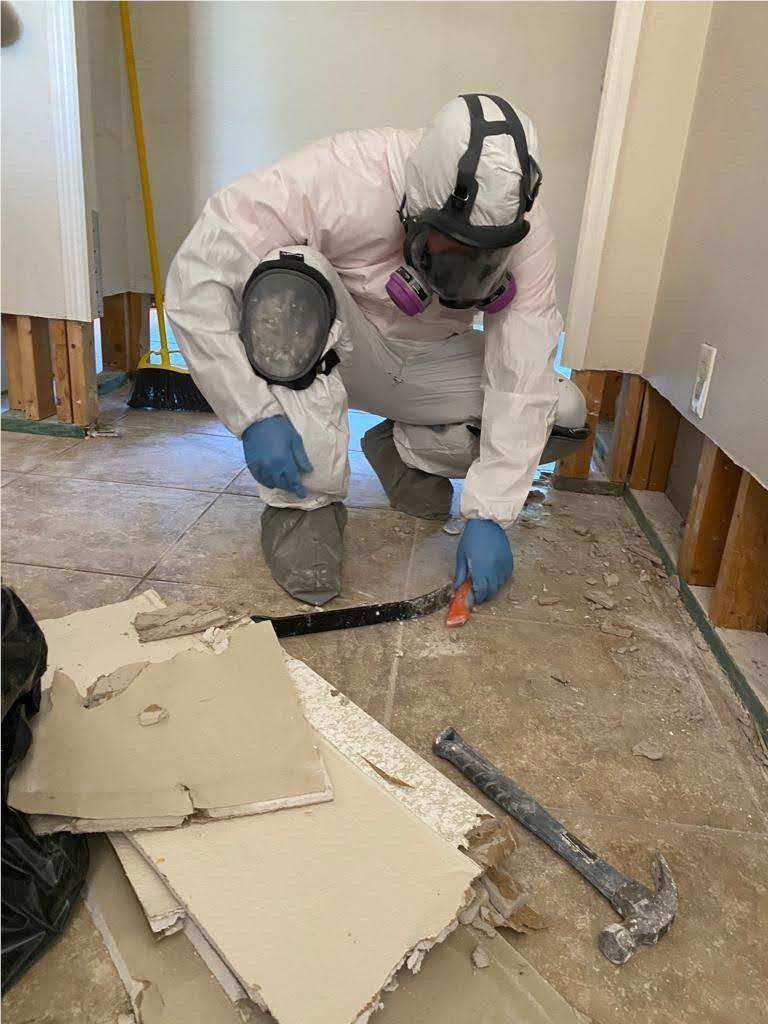

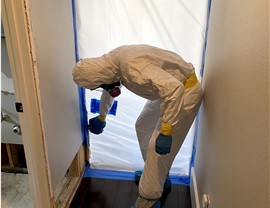
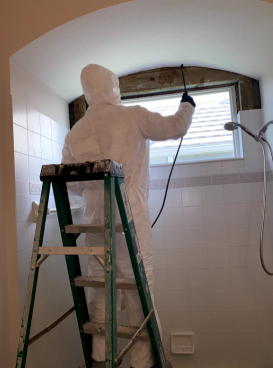
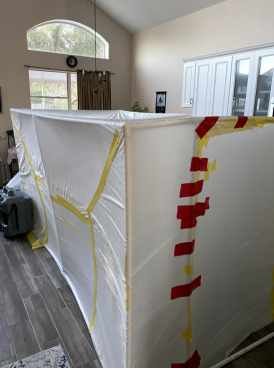

Comments